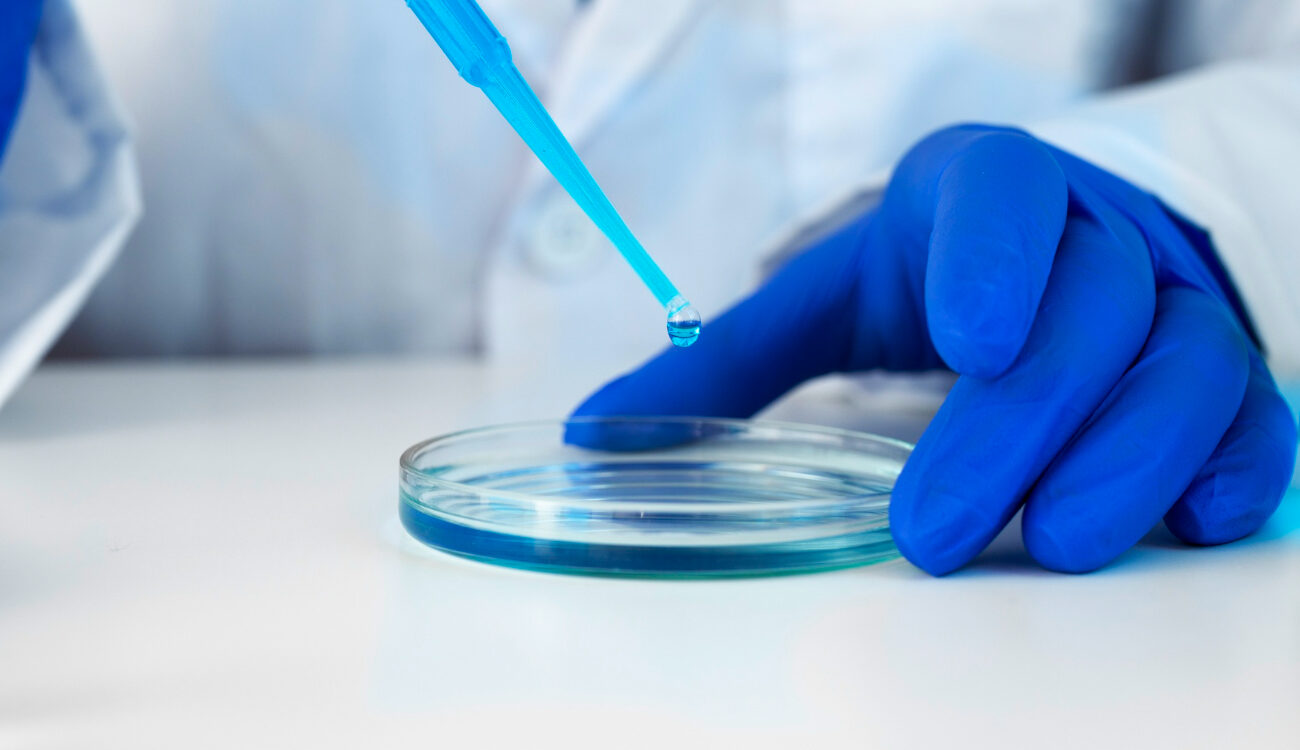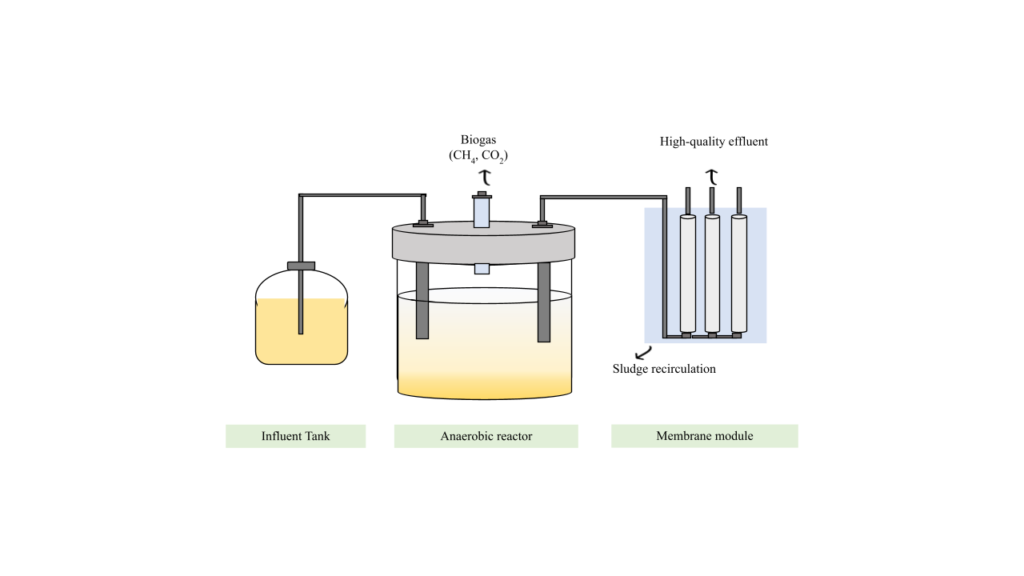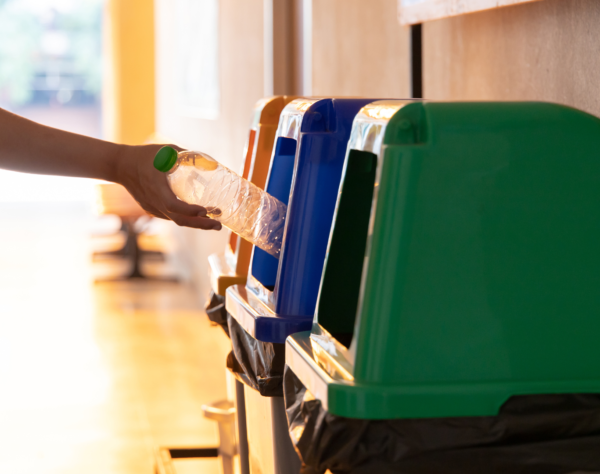
Anaerobic membrane technology for urban wastewater treatment
Urban wastewater treatment reduces or eliminates the load of pollutants in wastewater. The process improves the quality of the wastewater before it is discharged and, consequently, it avoids damage to the receiving environment.
Organic matter, suspended solids, nutrients (phosphorus, nitrogen) and pathogens compose the load of pollutants the wastewater carries. Their treatment is based on the characteristics of the water, as well as the point of discharge.
The treatment process
A series of unitary operations are at the heart of the treatment process:
- Physical operations are carried out in the pretreatment and primary treatment of wastewater treatment plants (WWTPs). These operations remove all suspended solids such as gravel or sand, with their associated organic matter.
- Chemical operations are mainly used to remove nutrients by precipitation, disinfection and potabilization.
- Biological operations are based on the action of different microorganisms on organic matter and nutrients. The type of treatment selected for the wastewater treatment plants will provide controlled conditions that promote the correct proliferation of the biomass necessary to eliminate pollutants. The microorganisms involved in biological wastewater treatment processes are classified into aerobic, facultative, and anaerobic treatments.
Anaerobic membrane reactor (AnMBR)
The SYMSITES project technology is based on an anaerobic biological wastewater treatment process incorporating the organic fraction of MSW.
The absence of oxygen or nitrate in the culture characterises anaerobic treatments. In this process, different groups of microbes (bacteria and archaea) act symbiotically to decompose the organic matter, transforming it into various gases, including methane, due to its potential for energy recovery.
Currently, there are different technologies for the anaerobic treatment of wastewater that allow biomass to be retained in the system to a greater or lesser extent. Biomass retention is usually achieved in different ways:
- By immobilising it in granules with good sedimentation characteristics (UASB, EGSB)
- By applying a support that facilitates the adherence of microorganisms (USSB)
- By imposing a physical barrier that enables solid-liquid separation in an anaerobic membrane bioreactor (AnMBR)
The physical barrier, known as Anaerobic membrane reactor (AnMBR), has been selected for the SYMSITES project. This technology is a type of residue treatment technology that combines anaerobic digestion and membrane filtration processes.
The anaerobic digestion process occurs in a bioreactor where organic matter is treated by anaerobic microbes producing biogas, mainly methane and carbon dioxide. The membrane filtration involves the use of membranes to separate liquids from the microbial biomass and other solids.

What are the benefits of this technology?
This process has different advantages such as:
- An improved effluent quality. The membrane can effectively remove suspended solids and bacteria and provide in this way high-quality effluents.
- Reduced sludge production compared to other waste treatments. The AnMBR is a system where the hydraulic retention time is decoupled from the solid retention time. Thus, anaerobic microbes can proliferate without being washed out, reducing the costs of management, stabilisation, and final disposal.
- Low energy demand, as no aeration is required for the degradation of organic matter.
- Energy recovery in the form of methane, which can cover the energy required by the process.





